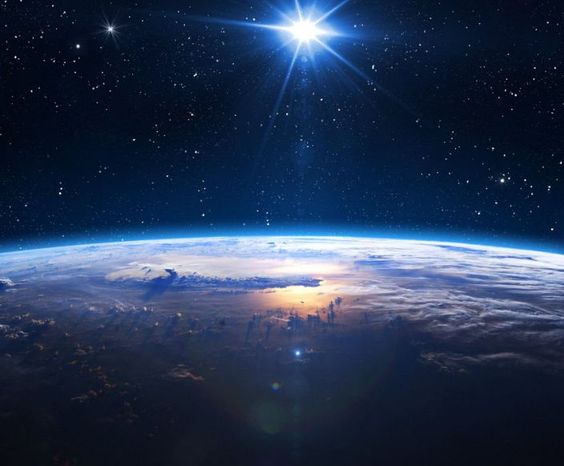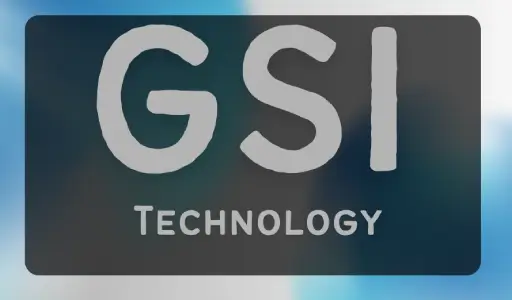Starlink satellites Facts, tracking, and impact on astronomy
Starlink satellites Facts, tracking, and impact on astronomy, a revolutionary constellation of satellites launched by SpaceX, have garnered significant attention for their potential to provide global broadband internet coverage. However, their rapid deployment and increasing numbers have raised concerns within the astronomy community regarding their impact on astronomical observations. This article delves into the facts, tracking mechanisms, and implications of Starlink satellites in the field of astronomy. From understanding the technical aspects of the satellite constellation to exploring the challenges faced by astronomers, we aim to analyze the intricate relationship between Starlink satellites and the celestial observations that have captivated humanity for centuries.

1. Introduction to Starlink Satellites
Overview of the Starlink Project
Picture this: a swarm of internet satellites orbiting Earth, bringing connectivity to even the most remote areas. Well, that’s the Starlink project in a nutshell. Launched by SpaceX, it aims to create a global satellite internet network.
Significance of Starlink Satellites in the Space Industry
Starlink isn’t just about browsing memes faster; it’s a game-changer in the space industry. By providing high-speed internet access worldwide, it has the potential to bridge the digital divide and revolutionize communication on a global scale.
2. Overview of Starlink Satellite Constellation
Development and Deployment of Starlink Satellites
SpaceX doesn’t do things by halves. The Starlink constellation is a massive undertaking with plans to launch thousands of satellites. The deployment involves carefully orchestrating satellite launches and forming a network in low Earth orbit.
Technical Specifications and Functionality of Starlink Satellites
These satellites aren’t your average space rocks. Equipped with cutting-edge technology, Starlink satellites communicate with each other through laser links, creating a web of connectivity that beams internet down to Earth.
3. Tracking Starlink Satellites in the Night Sky

Tools and Methods for Tracking Starlink Satellites
Curious to spot a Starlink train in the night sky? There are handy websites and apps that can help you track their whereabouts. Grab your binoculars and get ready for some celestial satellite spotting.
Visibility and Observation Opportunities for Starlink Satellites
If you missed the last meteor shower, don’t worry; Starlink satellites offer a different kind of cosmic show. Keep an eye out for these glinting objects as they pass overhead, adding a touch of sci-fi to your stargazing sessions.
4. Impact of Starlink Satellites on Astronomy
Interference with Astronomical Observations
Astronomers peering into the depths of the universe aren’t too thrilled about Starlink. The satellite constellation’s brightness can interfere with observations, raising concerns about light pollution in the night sky.
Effects on Space Debris and Light Pollution
As more satellites join the celestial dance, space debris becomes a real issue. With the potential for collisions and increased light pollution, the impact of Starlink on the night sky and space environment is a topic of ongoing debate
5. Challenges and Concerns Regarding Starlink Satellites

Regulatory and Ethical Issues Surrounding Starlink Satellite Deployment
As Starlink satellites continue to populate the night sky, concerns have emerged regarding their impact on astronomical observations and the natural beauty of the cosmos. The rapid deployment of these satellites has raised questions about regulatory oversight and the need for ethical considerations in space exploration.
Communication and Collaboration between SpaceX and the Astronomy Community
Effective communication and collaboration between SpaceX, the company behind Starlink, and the astronomy community are crucial in addressing the challenges posed by satellite constellations. Maintaining an open dialogue and sharing information can help mitigate potential conflicts and find common ground for coexistence in the vast expanse of space.
6. Mitigation Strategies for Astronomical Observations
Proposed Solutions to Minimize Starlink Satellite Impact on Astronomy
To safeguard the integrity of astronomical observations, various strategies have been proposed to minimize the interference caused by Starlink satellites. These solutions range from adjusting satellite orbits to reducing their reflectivity, aiming to preserve the clarity of the night sky for astronomers and stargazers alike.
Technological Innovations for Coexistence of Starlink and Astronomy Observations
Innovations in technology hold the key to fostering a harmonious relationship between Starlink satellites and astronomical observations. Advancements such as improved light pollution filters and satellite tracking systems offer promising avenues for balancing the benefits of satellite internet connectivity with the need for pristine views of the universe.
7. Future Implications of Starlink Satellites
Long-Term Forecast for Starlink Satellite Expansion and Evolution
The trajectory of Starlink satellites points towards a future where these constellations will continue to grow in number and complexity. Understanding the long-term implications of this expansion is essential in preparing for the evolving landscape of space-based communications and its ramifications on astronomical research.
Potential Transformative Effects on the Astronomy Field due to Starlink Satellites
While Starlink satellites present challenges, they also offer opportunities for innovation and collaboration within the astronomy field.Their presence in the night sky has the potential to catalyze groundbreaking research and redefine the way we explore and understand the universe, paving the way for a new era of discovery and exploration.
Conclusion
the proliferation of Starlink satellites presents a complex intersection between technological advancement and the preservation of our night sky. As astronomers continue to grapple with the challenges posed by these satellites, stakeholders must engage in dialogue, implement mitigation strategies, and seek innovative solutions to safeguard the integrity of astronomical research and observations. The evolving landscape of space exploration and satellite deployment necessitates a thoughtful balance between progress and the protection of our celestial heritage.



